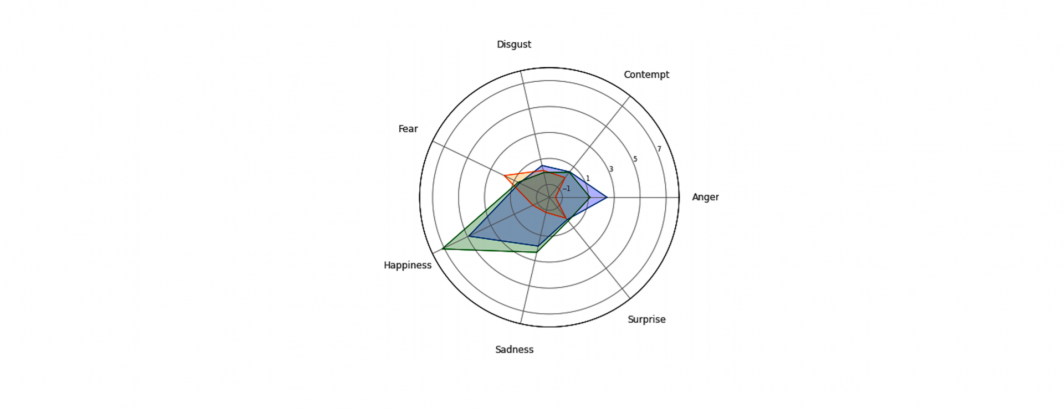
This fascinating paper by Sonja Tilly, Markus Ebner and Giacomo Livan leverages sentiment analysis of GDELT for forecasting:
This study proposes a new method of incorporating emotions from newspaper articles into macroeconomic forecasts, attempting to forecast industrial production and consumer prices leveraging narrative and sentiment from global newspapers. For the most part, existing research includes positive and negative tone only to improve macroeconomic forecasts, focusing predominantly on large economies such as the US. These works use mainly anglophone sources of narrative, thus not capturing the entire complexity of the multitude of emotions contained in global news articles. This study expands the existing body of research by incorporating a wide array of emotions from newspapers around the world – extracted from the Global Database of Events, Language and Tone (GDELT) – into macroeconomic forecasts. We present a thematic data filtering methodology based on a bidirectional long short term memory neural network (Bi-LSTM) for extracting emotion scores from GDELT and demonstrate its effectiveness by comparing results for filtered and unfiltered data. We model industrial production and consumer prices across a diverse range of economies using an autoregressive framework, and find that including emotions from global newspapers significantly improves forecasts compared to three autoregressive benchmark models. We complement our forecasts with an interpretability analysis on distinct groups of emotions and find that emotions associated with happiness and anger have the strongest predictive power for the variables we predict.